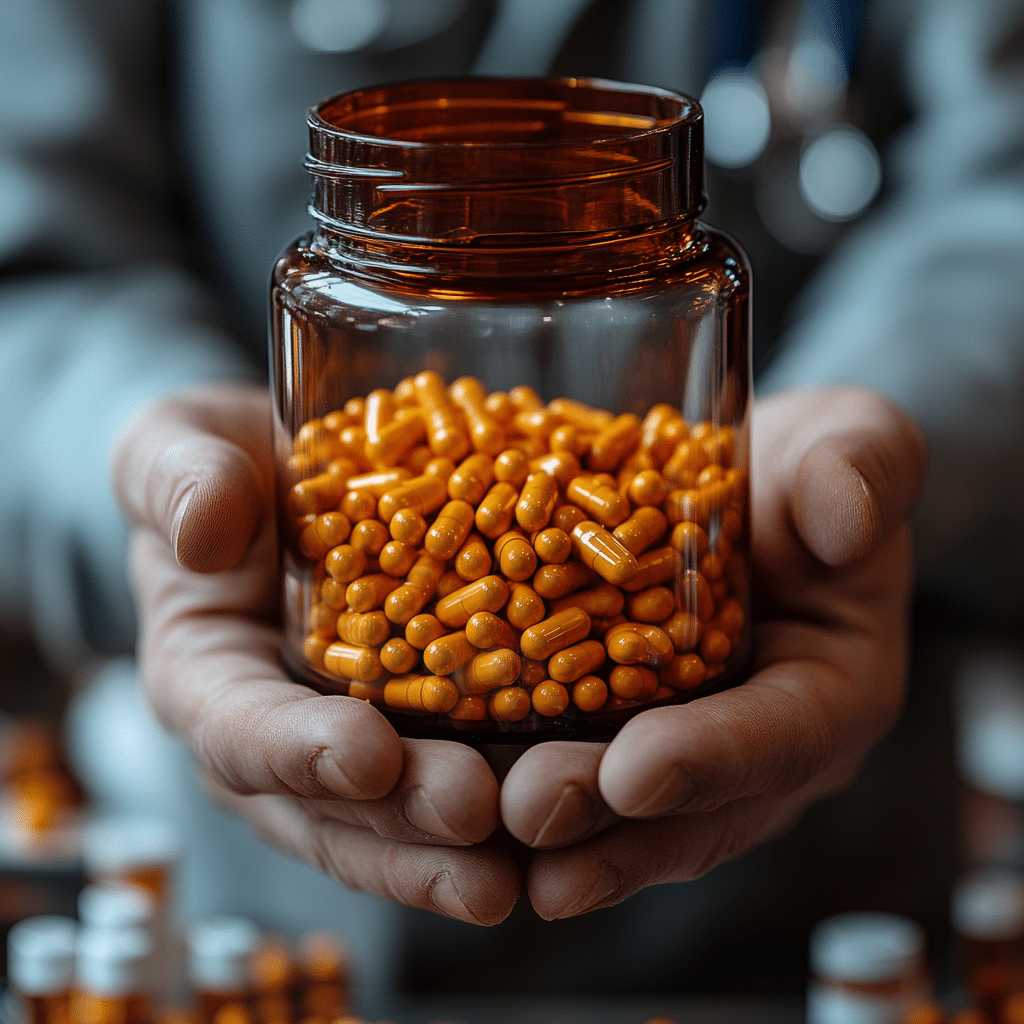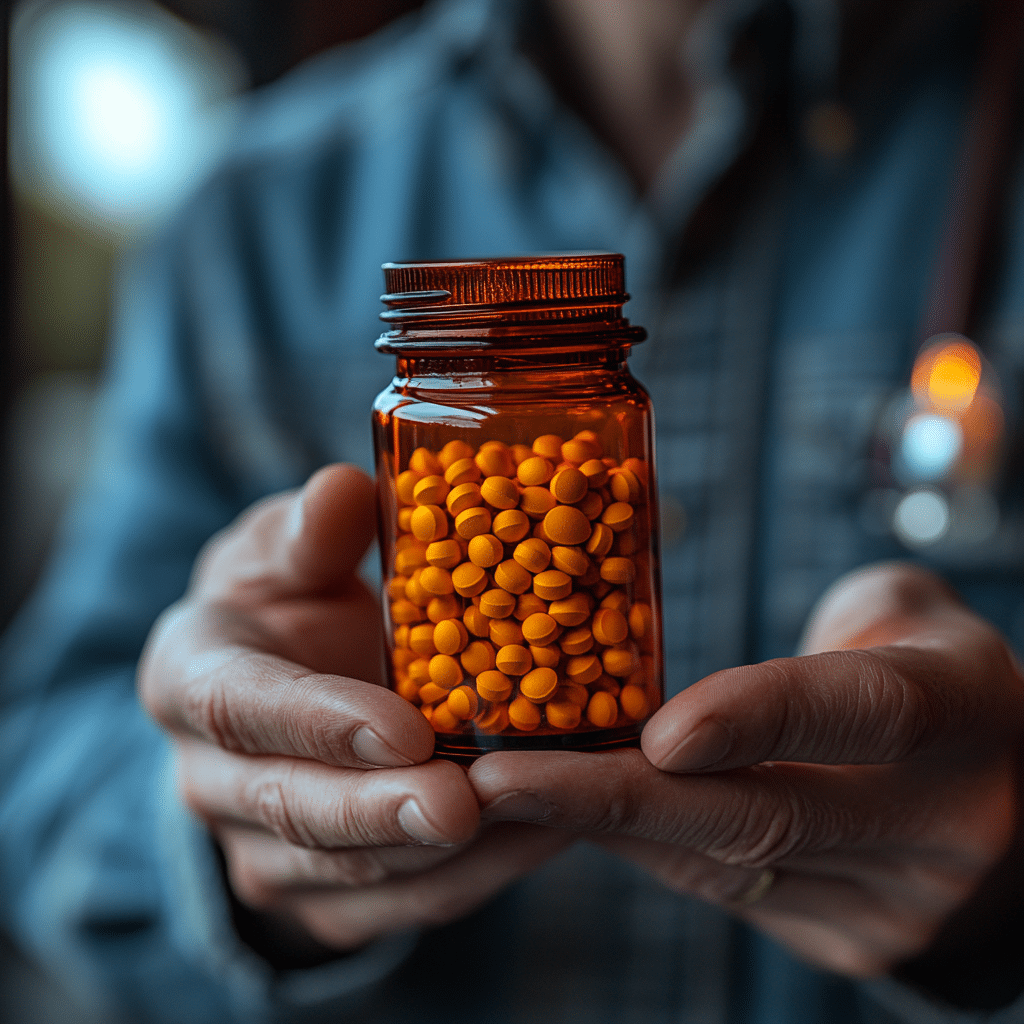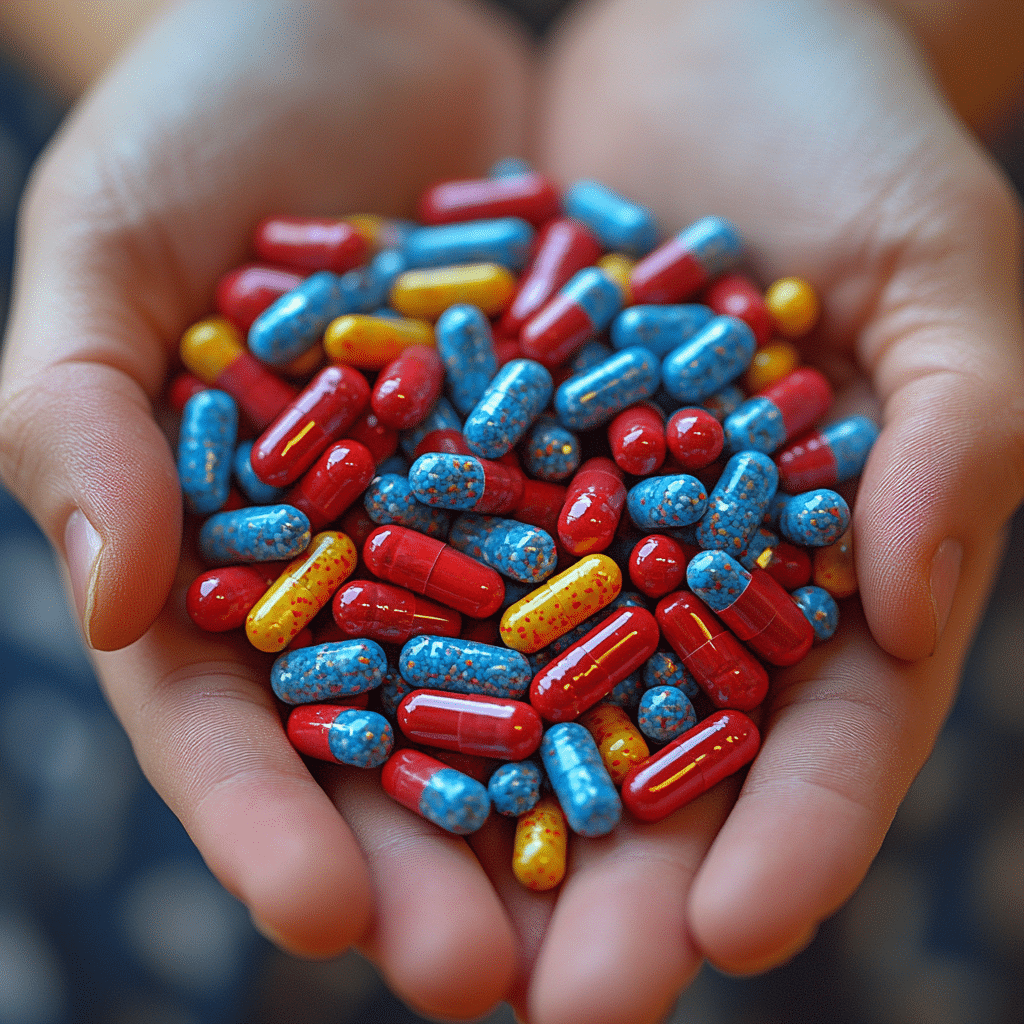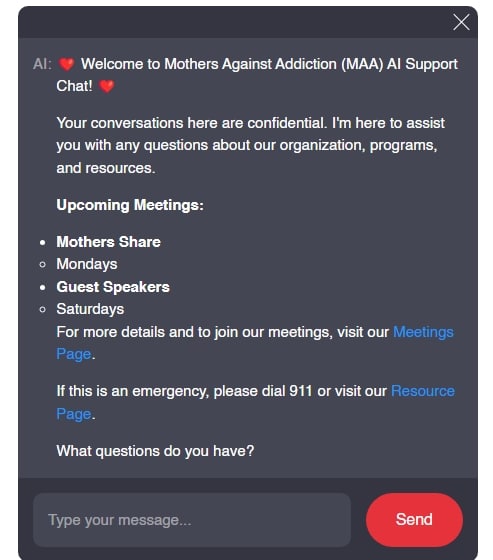Addiction has a way of touching families in ways we often can’t predict. As parents, we crave support and understanding while navigating the emotional highs and lows of a loved one struggling with substance use. For many, learning about vital treatment options can bring new hope. One such option is naltrexone, a medication that can potentially transform lives. But what is naltrexone?
What Is Naltrexone?
Naltrexone is a prescription medication primarily used to help manage alcohol and opioid dependence. It works by blocking the euphoric effects of opioids in the brain, which can significantly reduce cravings and withdrawal symptoms. Originally developed in the 1960s, naltrexone has paved the way for a new era of treatment in addiction recovery. As the opioid crisis intensifies, understanding how naltrexone fits into recovery strategies becomes crucial for families affected by these substances.
By blocking specific receptors in the brain, naltrexone makes it less likely that individuals will feel the high associated with opioids like oxycodone or hydrocodone, helping curb the desire to seek these drugs. This crucial mechanism allows those in recovery to focus on important therapeutic work rather than their cravings. While the work of recovery is undeniably challenging, the potential for change and healing with naltrexone offers a lifeline for people grappling with addiction.
As parents who may feel powerless while watching a child struggle, it’s essential to arm ourselves with knowledge about all available treatments. When it comes to naltrexone, the benefits extend beyond just cravings; it can be a beacon of hope during tumultuous times.

Top 5 Transformative Benefits of Naltrexone in Addiction Recovery
One of the most significant advantages of naltrexone is its ability to diminish cravings associated with opioids and alcohol. For example, those on naltrexone often no longer experience the intense pull to seek out oxycodone. This breakthrough can inspire long-lasting recovery and healing, creating a safer pathway to sobriety.
Many individuals with addiction also battle mental health disorders. Naltrexone supports those with dual diagnoses by alleviating compulsive urges connected to substances like hydrocodone. This holistic approach enhances the efficacy of therapy sessions, guiding individuals toward a more balanced recovery.
Naltrexone attaches to the brain’s opioid receptors, blocking the effects of potent drugs like fentanyl and oxycodone. This blocking action is vital, especially in understanding the risks tied to fentanyl use. By minimizing these effects, naltrexone reduces the risk of relapse during crucial recovery periods.
People using naltrexone often have improved retention in their recovery programs. When cravings and withdrawal symptoms lessen, individuals feel more committed to their healing journey. This new engagement often leads to active participation in crucial counseling and support groups—a cornerstone for sustained recovery.
Research indicates that naltrexone can lead to better long-term recovery outcomes compared to those who don’t take medication for their addiction. Those who continue on naltrexone generally report improved social functioning and a lowered risk of relapse. This underscores the importance of sticking with the treatment plan.
Understanding Opioids: Key Terms and Considerations
Is Oxycodone an Opioid?
Yes, oxycodone is classified as an opioid. Commonly prescribed for managing moderate to severe pain, it’s available under brand names like OxyContin and Percocet. Understanding this classification is essential in discussions about how naltrexone helps combat misuse and addiction.
Is Hydrocodone an Opioid?
Absolutely, hydrocodone is also an opioid, often found in pain relief medications like Vicodin and Norco. Its addictive nature highlights the necessity of treatments like naltrexone, especially during recovery from opioid addiction.
Is Oxycodone the Same as Percocet?
Not exactly. Oxycodone and Percocet are related but distinct. Percocet is a combination medication that includes oxycodone and acetaminophen. Recognizing these differences is crucial for anyone discussing the wider implications of opioid use.

The Dangerous Face of Fentanyl: What You Need to Know
What Is Fentanyl?
Fentanyl is a synthetic opioid that’s alarmingly more potent than oxycodone or hydrocodone. Typically used in situations like post-surgery recovery, this medication’s effectiveness brings about enormous risks, leading to a surge in overdose-related deaths. Awareness of what fentanyl looks like and its effects is critical in our communities.
What Does Fentanyl Do to You?
When an individual uses fentanyl, it binds rapidly to opioid receptors in the brain. This can create intense euphoria but also poses severe risks like respiratory depression and potentially fatal overdose. Understanding these dangers reinforces why effective medications like naltrexone are necessary—in blocking fentanyl’s euphoric effects, it can help manage risk during recovery.
How Long Does Oxycodone Stay in Your System?
On average, oxycodone can be detected in urine for 3-4 days after consumption, though this timeframe may vary depending on several factors, including the individual’s metabolism and usage frequency. Knowing this critical timeline helps those undergoing treatment make informed decisions about monitoring their recovery.
Empowering Change through Naltrexone: An Innovative Approach
Naltrexone embodies a significant shift in how we approach addiction treatment, placing emphasis on the combination of medication and compassionate care. Families and individuals coping with addiction can find hope and guidance in understanding how naltrexone works and its far-reaching benefits.
With education and access to effective treatments, communities can work together to combat the tide of addiction. While the journey through recovery can be incredibly challenging, naltrexone offers a viable path forward for many seeking healing and a renewed life. As we raise awareness, address misinformation, and support those in need—the hope shines brightly for those impacted by addiction.
Let’s ensure we’re informed and proactive in navigating this journey together. By prioritizing resources like The prescription drug monitoring program and educating ourselves on topics as fundamental as What Defines a fetus, we can better assist our loved ones. As we venture into uncertain waters, understanding tools like naltrexone becomes our lifeline, empowering us to lead our families toward recovery and resilience.
What Is Naltrexone: Trivia and Insights
When diving into the topic of what is naltrexone, you might be surprised to find that this medication is much more than just a pill. Naltrexone primarily blocks the effects of opioids and diminishes alcohol cravings, making it a key player in addiction recovery. Interestingly, its journey to approval began back in the 1980s. And speaking of journeys, just like embracing challenges in life, some folks partake in fun obstacles, such as the Gauntlet Challenge, which embodies their quest for self-improvement, much like naltrexone does for those on the road to recovery.
But what’s more fascinating is how naltrexone works. It’s not like every other treatment; this medication effectively competes with opioids for the same brain receptors, hence reducing the reward from drug use. Think about a stormy day, like encountering a tropical storm hurricane. Just as you would prepare for such unpredictable weather, naltrexone readies the brain’s chemistry to tackle the tempest of addiction. Furthermore, this medication can be a part of a more extensive support system, integrating therapy and counseling to bolster recovery.
In 2021, experts discovered extending naltrexone’s use to conditions like binge eating disorder, thus expanding its horizon. Much like the compelling flavors of a dish at the House Of Nanking, which offers unexpected delights, naltrexone presents new possibilities for those grappling with different forms of addiction. It’s a sign that evolution in treatment is crucial; keep adapting to the challenges thrown at you.
Lastly, if you think about the role of physical health in recovery, there’s no denying that exercise can significantly enhance well-being. Many folks hit the gym with gear like the Nike Metcon 7 to build strength and stamina. Integrating a supportive lifestyle not only aids naltrexone’s effectiveness but also empowers individuals to confront their battles head-on. It’s amazing how something like coding, such as the Icd code for addiction, also plays a crucial part in properly categorizing and treating these conditions, leading to better comprehension and treatment outcomes.
So, next time someone asks you, “What is naltrexone?” get ready to share more than just the basics. You can dive into its transformative potential, sprinkle in some trivia, and weave a narrative that highlights resilience, adaptation, and community support.





























